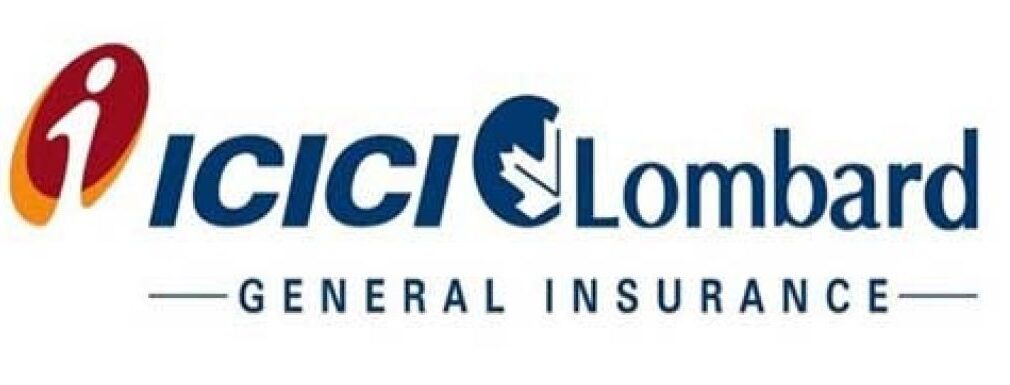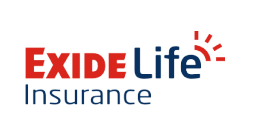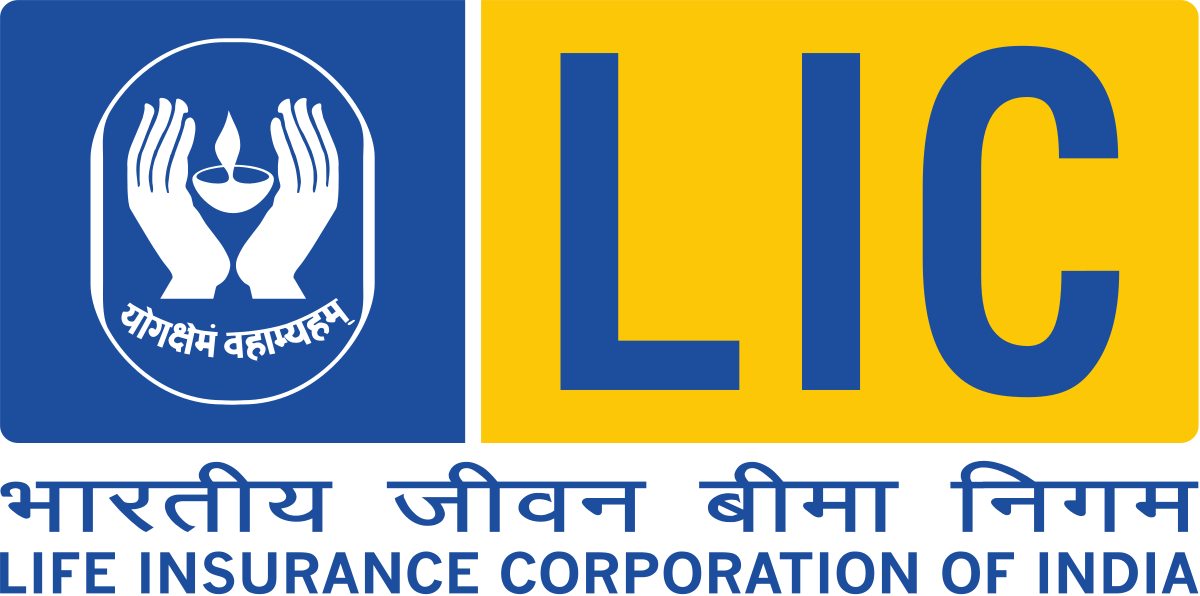How Are Premiums Calculated for Employee Health Insurance Plan?
Have you ever heard of a car running without fuel? Did you ever wonder, humans respiring and surviving without oxygen? Of course not! And you never will. The same way either, no organisation or business can run without its employees. Employees are the human resource of the business ecosystem and to ensure the balance in this ecosystem, their health is the most important element that is to be taken care of. Every employer must assure the well-being of their employees. One very common, yet innovative method is by providing employees with a health insurance cover.
What is the Employee Health Insurance Plan?
It is the benefit handed out by an employer to employee. It covers the employees as well as it also covers their family members. It covers you for medical check-ups at fixed timespan as they have a tie-up with the hospitals. It acts as a safeguard against the hospital and medical expenditure or any hospitalization that may be required due to disease, illness or accident. According to statistics of 2020, about 39 per cent of full-time employees had health insurance through their workplaces. It is expected that these numbers would increase in the coming years as this trend becomes more rampant in India.
Why protect Employees health?
Employees are the cornerstone of an organisation. Employee safety should hold colossal significance for any organization. Most importantly, every employee has the right to work in a protected and safe environment. Employer-provided health insurance has become a basic rule for many organizations.
Is it only beneficial to the employees?
Employees health insurance isn’t simply gainful to employees but to the employers too. It empowers employers to hold its resource, which is, by and large, its representatives. This is the essential explanation behind businesses putting resources into medical coverage for their employees. Further, an employee feels a sense of ownership towards the organisation, which improves profitability in the medium to long run.
What should the employer do if he wants to provided health insurance to employees?
If the employer is thinking to go for the employee health insurance plan for his employees, he must know every crux of benefits that he shall derive from the plan.
Benefits of Employee Health Insurance
Employee health insurance brings along its numerous accelerated benefits for the employee and also for the employer. In short, it creates a healthier atmosphere.
- Flexibility– Employee health insurance comes with flexible terms for employees. Here, the company pays a full or partial premium for employee‘s health insurance but you can apply or change the coverage at any point in time. This benefit is also extended to the employee’s spouse and a maximum of two children. At times, the parents of the employees are also covered. Thus, Employee health insurance is a value plan and can be utilised by an employee during times of a health emergency.
- Pre and Post Hospitalisation expenses- Pre-hospitalisation expenses are medical expenses before the patient gets hospitalised due to pre-specified disease. Employee health insurance plan covers these costs 30- 90 days before the hospitalisation depending on the insurance company. These include the costs like medical expenses, doctor’s fees, tests etc. Post Hospitalisation expenses are medical expenses after the patient gets discharged after the treatment. Employee health insurance covers these costs 30-90 days after the discharge date from hospitalisation.
- Cashless Facility, Daily Allowances and Reimbursement- Health Insurance Plan provides the employees of an organisation with cashless facility wherein an employee can go to a hospital without cash and all expenses are borne by the insurer. Else, these employee could pay the treatment expenses, and later get reimbursed by the insurer. The insurer also provides the employee a fixed amount of fund to meet daily expenses. Thus, Health insurance plan makes the employee upbeat about the treatment financially.
- Preferred Provider Network (PPN) – Insurance companies have tie-ups with some of the finest premium hospitals. This network is called the Preferred Provider Network. Insured employees are free to use the services of any hospital within the network. It eases the search for a good hospital by providing the employee medical treatment in one of the best hospitals in the insurer’s network where in the employee is offered with the cashless treatment and the insurance company pays on employee’s behalf.
- Pre-existing Diseases- It may astonish you to know the fact that employees under Employee Health Insurance are normally covered for their pre-existing diseases. These diseases usually require a minimum waiting period, depending upon the policy terms. This waiting period is waived off, i.e., it starts from the day the policy is allotted to the employee.
- Add-on Benefit- Employee health insurance brings along its various add-on benefits. Employees have a choice of going for availing add-on benefits. Add-on cover could include health-check-ups, dental and eye care, OPD consultations., etc.
How to calculate the premium on Employee health insurance?
Employee health insurance policies are purchased by the employer for the benefits of his employees. Calculating the premium on such policies is no less than a necessity. Premium fluctuates from policy to policy and person to person, contingent on various factors and benefits given by it-
The average age of employees
Insurer computes the premium using the weighted average basis. Firstly, the total number of employees covered are sorted out. Then, these employees are classified into different age groups. The number of claims of the young workforce is comparatively low to that of the older workforce. Thus, younger the workforce for an employer, lower will be the premium cost incurred by the employer and vice versa.
Total Sum Assured
It refers to the maximum limit of the claim for a pre-specified time that the employer derives in case of hospitalisation of its employees. Sum insured allowed by the insurer directly varies with the premium cost. Higher the total sum insured, higher will be the premium charged by the insurer and vice versa.
Types of coverage
Employee health insurance benefit extended not only to the employee but also to its family. Here, the family is dependent on the employee. Premium cost increases with the increase in the number of dependents. Dependents can be only spouse and children or spouse, children and parents. Age of the dependents brings about the variation in the premium costs. Thus, higher the age and number of dependents, higher would be the premium amount, since the probability of claim increases.
Nature of Job
The job profile of the employee also plays a role while calculating the premium. Why? If the employee is engaged in a dangerous or risk-prone occupation, then the premium charged would be more to that of risk-averse occupation. Sometimes, the premium is also a depending variable of a particular sector. The premium for mining sector employees would be higher than that of the service sector. Thus, risk management becomes important for premium calculation.
Past – claim Experience
It is the record of the claims by the group of employees. The insurer takes into consideration this factor to find out the intensity and the frequency of the claims by the employees of an organisation. If the claims in the past are frequent and high, then the premium will be slightly higher too. On the counter end, the premium will reduce if the claims have limited frequency.
Add – on benefits
Premium costs increase with an increase in add – on benefits. It includes the cashless facility, daily allowances, critical illness rider, few in and outpatient’s hospitalisation benefits etc. As you might have guessed the reason for the premium increase, more the add- on coverage, higher would be the premium amount.
Exclusions
- Liquor addiction, drug misuse and smoking habit
- Ayurvedic, Homoeopathy, Naturopathy or any other form of local medication
- Infertility treatment
- Dental care
- Hormone replacement
- HIV/AIDS
Bottom Line
Down the line, employees are the backbone of an organisation and their well-being is the first and foremost concern for every employer. It might seem easy to calculate the premium on employee health insurance but it is a tedious task to perform since all these involve high administrative costs, various geographical factors, marketing expenditure and a streamlined customer grievances mechanism to make it available to all the employees in all the sectors around the globe.
Insurance policy and the premium is determined and calculated by an actuary following the given project. So, fees to the actuary is a cost. Also, the health insurance company incurs huge costs in marketing. Marketing is necessary to spread awareness and making the policy available to the public hassle-free. Health Insurance Company recovers this expenditure in the premium account. Any kind of expenditure is positively correlated to the policy premium. An increase in expenditure results in the premium account and vice versa. Of course, an employee can go for critical illness benefit rider in add-ons in the employee health insurance plan provided by his employer. It involves the payment of the lump-sum amount and is an add-on in health insurance, it will increase total policy premium. But not many alterations can take place in critical illness rider, thus making the premium proportionally cheaper. Before determining the premium amount for employee health insurance, a total clinical check-up is done just to ensure that whether the employee has any Illness or personal habit of smoking, drinking or doing drugs. If the employee has any medical issue then his premium will increase because of the increase in probability of claims.”calculating
How do marketing and administration expenditure affect the health insurance premium?
Can critical illness rider be opted as an add-on benefit in an employee health insurance plan?
What will be the effect on premium if the employee has a past medical record?




























